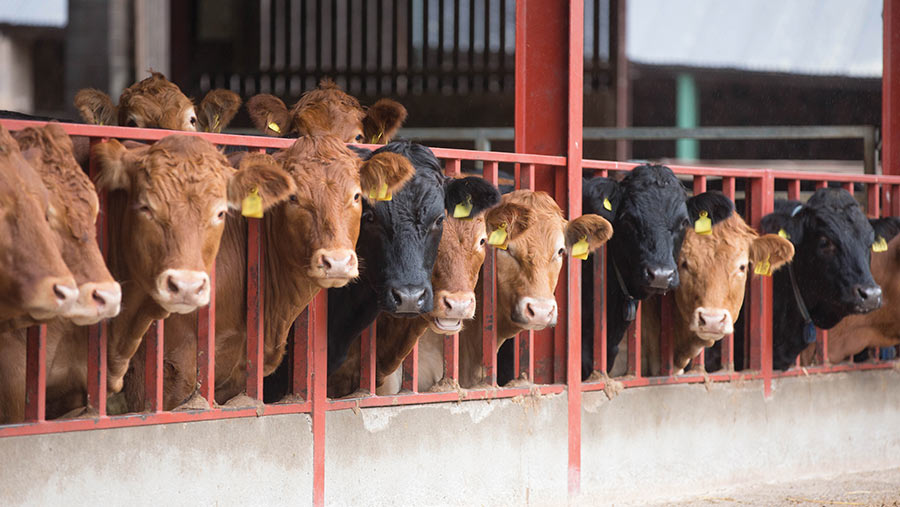Business Clinic: Advice on carrying out own stocktaking valuations
 © Tim Scrivener
© Tim Scrivener Whether it’s a legal, tax, insurance, management or land issue, Farmers Weekly’s Business Clinic experts can help.
Joe Spencer, partner at accountant MHA, tax manager at MHA, advises on what to consider when undertaking an end of year stocktaking valuation.
See also: Business Clinic: can we adjust capital allowances claim on new dairy?
Q To keep costs down, this year I am planning to do the stocktaking valuations myself for our arable and dairy farm’s 31 March end of year accounts.
I want to make sure all is done correctly, what do you advise please?
A In the words of HMRC helpsheet HS232, “The reason for valuing stock at the end of an accounting period is to identify and carry forward those costs incurred before that date, but which will not give rise to income until a later period.”
There is no legal requirement to have a professionally prepared valuation, but the process is not as simple as it looks.
Growing crops
These should be valued at cost of production, including the costs of the inputs themselves (seed, fertiliser, spray etc) and the cost of the cultivations, that is, the field operations, which have been carried out before the year-end.
Where contractors are used, these costs will be clear, but where the works are carried out in-house, you need to include diesel, machinery running costs and labour.
For those trading as companies, salaried directors engaged in the work can be included.
For proprietors (sole traders or those who operate as self employed within a partnership), there is no labour cost to include for valuation purposes, so as not to include a cost in the valuation which is not in the profit and loss account of the business.
Where estimates are based on discounted published contractors’ rates, the costs must be specific to each individual business’s cost structure, so flat rate estimates should not be used.
The valuation of grassland cultivations will be calculated on a similar basis to include spring harrowing, reseeding new leys, sprays, fertiliser applications and so on.
Input costs
This will require an analysis of the inputs purchased for the current crop, plus any carried over from a previous year.
Pre-year-end applications will be included within the cultivations as above.
The remainder (the contents of the barn and spray store) will be carried as deadstock.
This category will also include other physical stocks such as diesel, oil, medicines and machinery spares.
Crops in store
The quantities should be accurately estimated, from combine records and/or the tonnage of subsequent sales.
The valuation per tonne can either be cost of production (if sufficiently detailed records are held) or at “deemed cost” (75% of estimated subsequent sales price).
Where crops are held off-farm in a merchant’s pool, a calculation needs to be made to identify the sold and unsold proportions of the pool attributable to the farm – the unsold proportion is valued within stock as above.
The remainder is treated as a debtor and included at full sales price.
Livestock
These will follow the same rules as above, but head count, differentiating by age and condition, will be important.
Animals on the herd basis will be excluded and subject to their own tax rules.
Otherwise, cost of production for home-bred stock may be difficult to ascertain, so deemed cost is acceptable, using 60% of market value for cattle and 75% for sheep and pigs.
Livestock bought in for fattening will be valued at cost plus feed and direct expenses.
Bought in breeding stock not on the herd basis should be written down to cull value over their estimated productive lives or valued at an open market value which recognises the future breeding income.
Finally, remember to retain the workings. This will not only support the amount if challenged, but will also enable the accountant to check “cut off”, ensuring that creditors and debtors tie in with the physical stock valuation.
Do you have a question for the panel?
Outline your legal, tax, finance, insurance or farm management question in no more than 350 words and Farmers Weekly will put it to a member of the panel. Please give as much information as possible.
Email your question to FW-Businessclinic@markallengroup.com using the subject line “Business Clinic”.
